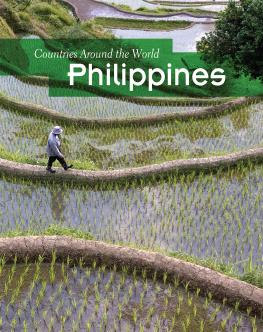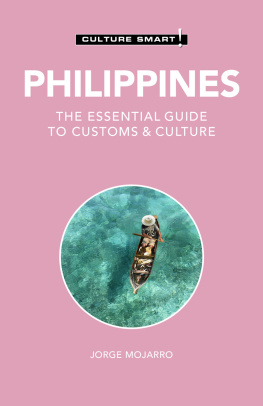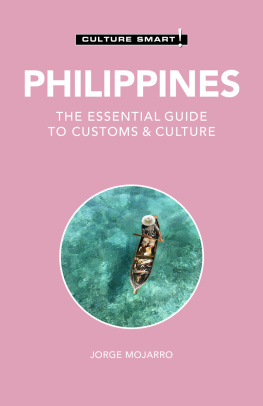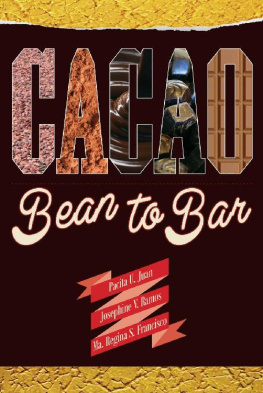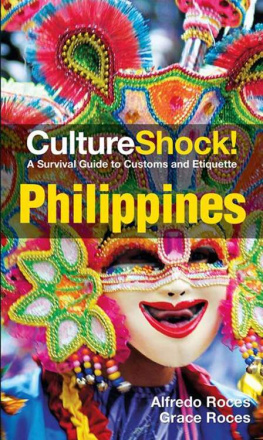Philippine Bureau of Agriculture.
Farmers Bulletin No. 2.
Cacao Culture in the Philippines
By
William S. Lyon,
In charge of seed and plant introduction.
Prepared under the direction of the Chief of the Bureau.
Manila:
Bureau of Public Printing.
1902.
Letter of Transmittal.
Sir : I submit herewith an essay on the cultivation of cacao, for the use of planters in the Philippines. This essay is prompted first, because much of the cacao grown here is of such excellent quality as to induce keen rivalry among buyers to procure it at an advance of quite 50 per cent over the common export grades of the Java bean, notwithstanding the failure on the part of the local grower to process or cure the product in any way; second, because in parts of Mindanao and Negros, despite ill treatment or no treatment, the plant exhibits a luxuriance of growth and wealth of productiveness that demonstrates its entire fitness for those regions and leads us to believe in the successful extension of its propagation throughout these Islands; and lastly because of the repeated calls upon the Chief of the Agricultural Bureau for literature or information bearing upon this important horticultural industry.
The importance of cacao-growing in the Philippines can hardly be overestimated. Recent statistics place the worlds demand for cacao (exclusive of local consumption) at 200,000,000 pounds, valued at more than $30,000,000 gold.
There is little danger of overproduction and consequent low prices for very many years to come. So far as known, the areas where cacao prospers in the great equatorial zone are small, and the opening and development of suitable regions has altogether failed to keep pace with the demand.
The bibliography of cacao is rather limited, and some of the best publications, admirable in many respects, deals mainly with conditions in Trinidad, West Indies, and is fatally defective, if not misleading, on the all-important question of pruning.
The life history of the cacao, its botany, chemistry, and statistics are replete with interest, and will, perhaps, be treated in a future paper.
Respectfully,
Wm. S. Lyon,
In Charge of Seed and Plant Introduction.
Hon. F. Lamson-Scribner ,
Chief of the Insular Bureau of Agriculture.
Le Cacaoyer, par Henri Jumelle. Culture de Cacaoyer dans Guadaloupe par Dr Paul Guerin.
Cacao, by J. H. Hart, F. L. S. Trinidad.
Cacao Culture in the Philippines.
Introduction.
Cacao in cultivation exists nearly everywhere in the Archipelago. I have observed it in several provinces of Luzon, in Mindanao, Jol, Basilan, Panay, and Negros, and have well-verified assurances of its presence in Ceb, Bohol, and Masbate, and it is altogether reasonable to predicate its existence upon all the larger islands anywhere under an elevation of 1,000 or possibly 1,200 meters. Nevertheless, in many localities the condition of the plants is such as not to justify the general extension of cacao cultivation into all regions. The presence of cacao in a given locality is an interesting fact, furnishing a useful guide for investigation and agricultural experimentation, but, as the purpose of this paper is to deal with cacao growing from a commercial standpoint, it is well to state that wherever reference is made to the growth, requirements, habits, or cultural treatment of the plant the commercial aspect is alone considered. As an illustration, attention is called to the statement made elsewhere, that cacao exacts a minimum temperature of 18; although, as is perfectly well known to the writer, its fruit has sometimes matured where the recorded temperatures have fallen as low as 10. There is much to be learned here by experimentation, for as yet the cultivation is primitive in the extreme, pruning of any kind rudimentary or negative, and treatment of the nut altogether unknown.
Elsewhere in cacao-producing countries its cultivation has long passed the experimental stage, and the practices that govern the management of a well-ordered cacao plantation are as clearly defined as those of an orange grove in Florida or a vineyard in California.
In widely scattered localities the close observer will find many young trees that in vigor, color, and general health leave nothing to be desired, but before making final selection for a plantation he should inspect trees of larger growth for evidences of die back of the branches. If die back is present, superficial examination will generally determine if it is caused by neglect or by the attacks of insects. If not caused by neglect or insect attacks, he may assume that some primary essential to the continued and successful cultivation of the tree is wanting and that the location is unsuited to profitable plantations.
With due regard to these preliminary precautions and a close oversight of every subsequent operation, there is no reason why the growing of cacao may not ultimately become one of the most profitable horticultural enterprises that can engage the attention of planters in this Archipelago.
Climate.
It is customary, when writing of any crop culture, to give precedence to site and soil, but in the case of cacao these considerations are of secondary importance, and while none of the minor operations of planting, pruning, cultivation, and fertilizing may be overlooked, they are all outweighed by the single essentialclimate.
In general, a state of atmospheric saturation keeps pace with heavy rainfall, and for that reason we may successfully look for the highest relative humidity upon the eastern shores of the Archipelago, where the rainfall is more uniformly distributed over the whole year, than upon the west.
There are places where the conditions are so peculiar as to challenge especial inquiry. We find on the peninsula of Zamboanga a recorded annual mean rainfall of only 888 mm., and yet cacao (unirrigated) exhibits exceptional thrift and vigor. It is true that this rain is so evenly distributed throughout the year that every drop becomes available, yet the total rainfall is insufficient to account for the very evident and abundant atmospheric humidity indicated by the prosperous conditions of the cacao plantations. The explanation of this phenomenon, as made to me by the Rev. Father Algu, of the Observatory of Manila, is to the effect that strong equatorial ocean currents constantly prevail against southern Mindanao, and that their influence extend north nearly to the tenth degree of latitude. These currents, carrying their moisture-laden atmosphere, would naturally affect the whole of this narrow neck of land and influence as well some of the western coast of Mindanao, and probably place it upon the same favored hygrometric plane as the eastern coast, where the rainfall in some localities amounts to 4 meters a year.
While 2,000 mm. of mean annual rainfall equably distributed is ample to achieve complete success, it seems almost impossible to injure cacao by excessive precipitation. It has been known to successfully tide over inundation of the whole stem up to the first branches for a period covering nearly a month.
Irrigation must be resorted to in cases of deficient or unevenly distributed rainfall, and irrigation is always advantageous whenever there is suspension of rain for a period of more than fifteen days.
Concerning temperatures the best is that with an annual mean of 26 to 28, with 20 as the mean minimum where any measure of success may be expected. A mean temperature of over 30 is prejudicial to cacao growing.



